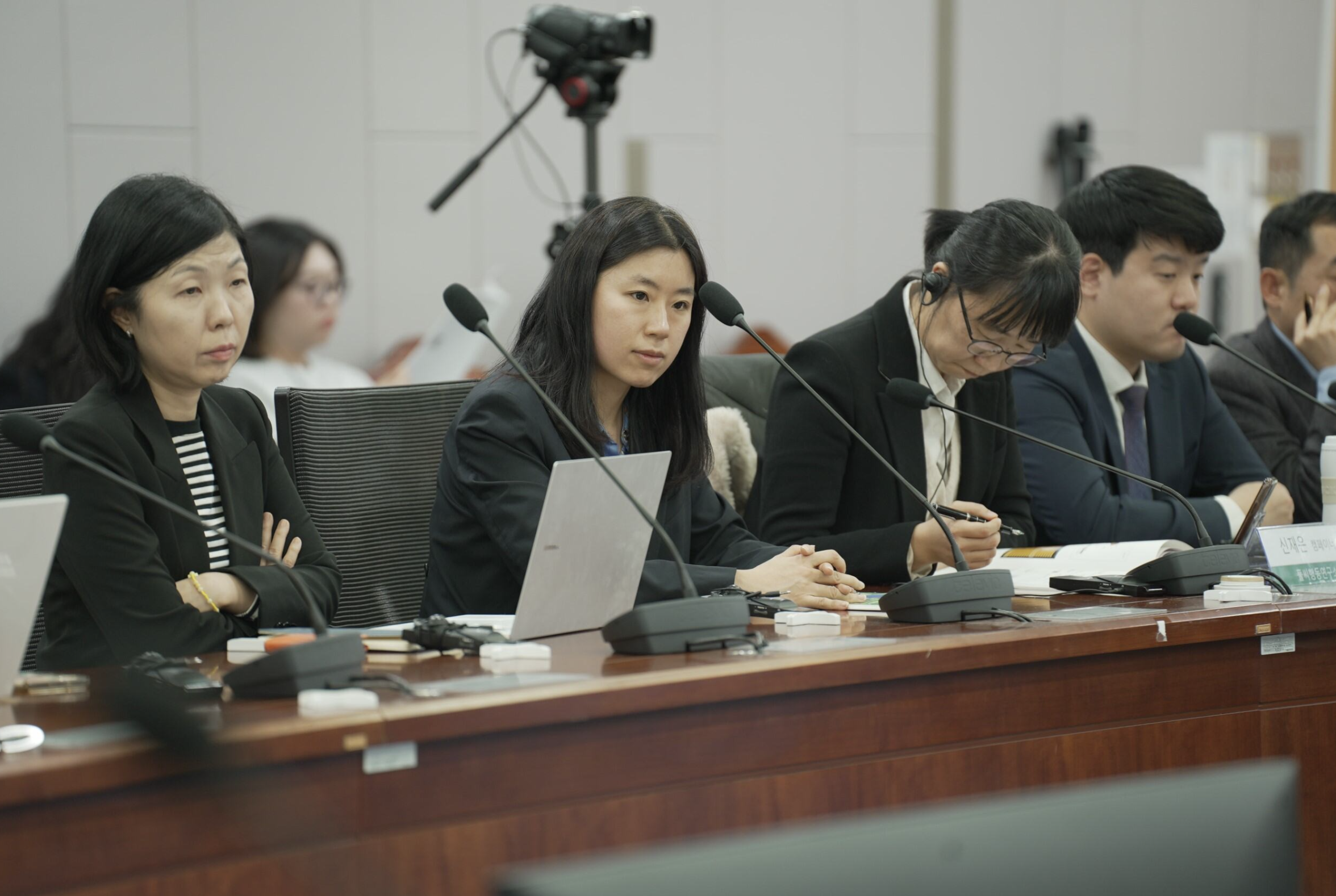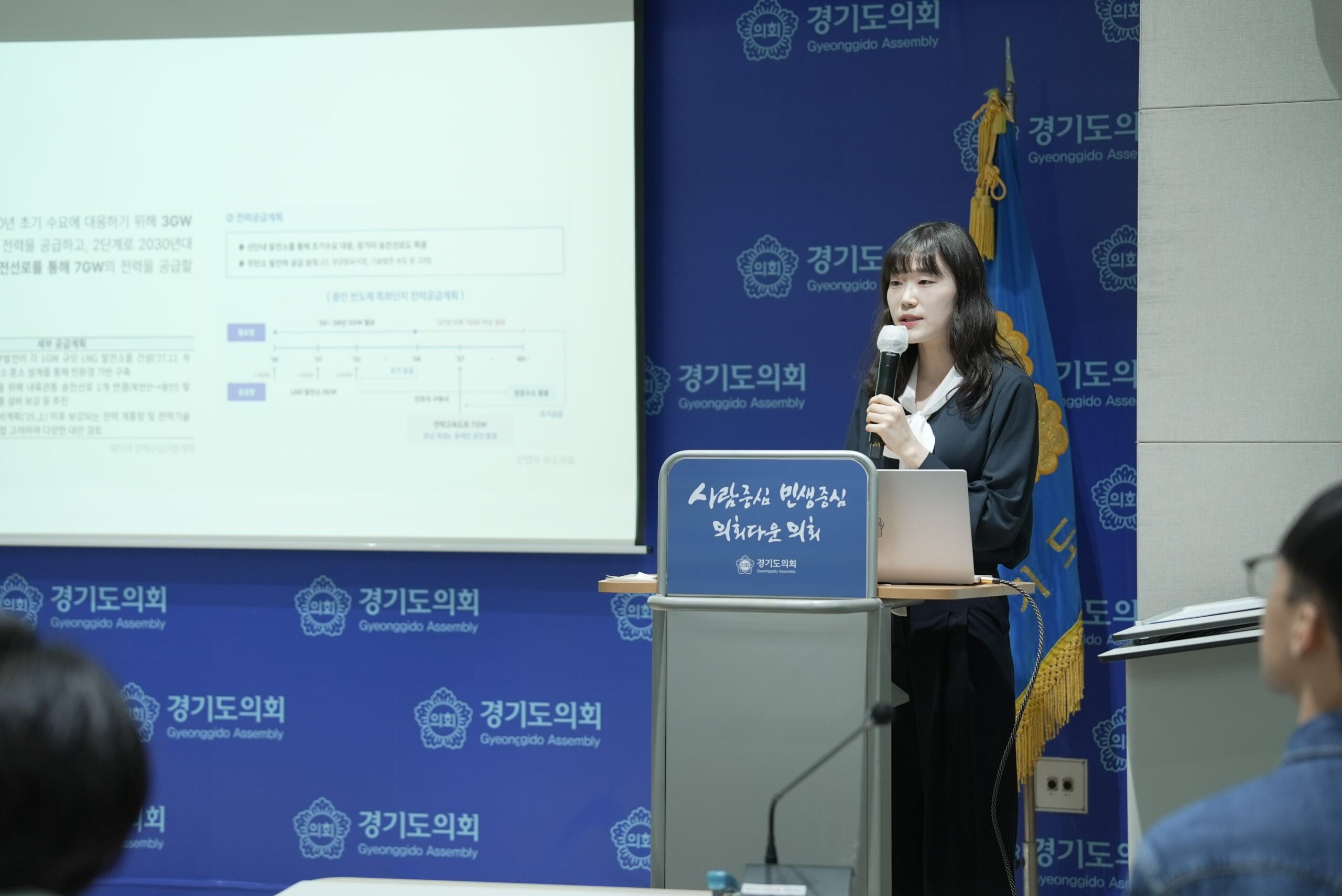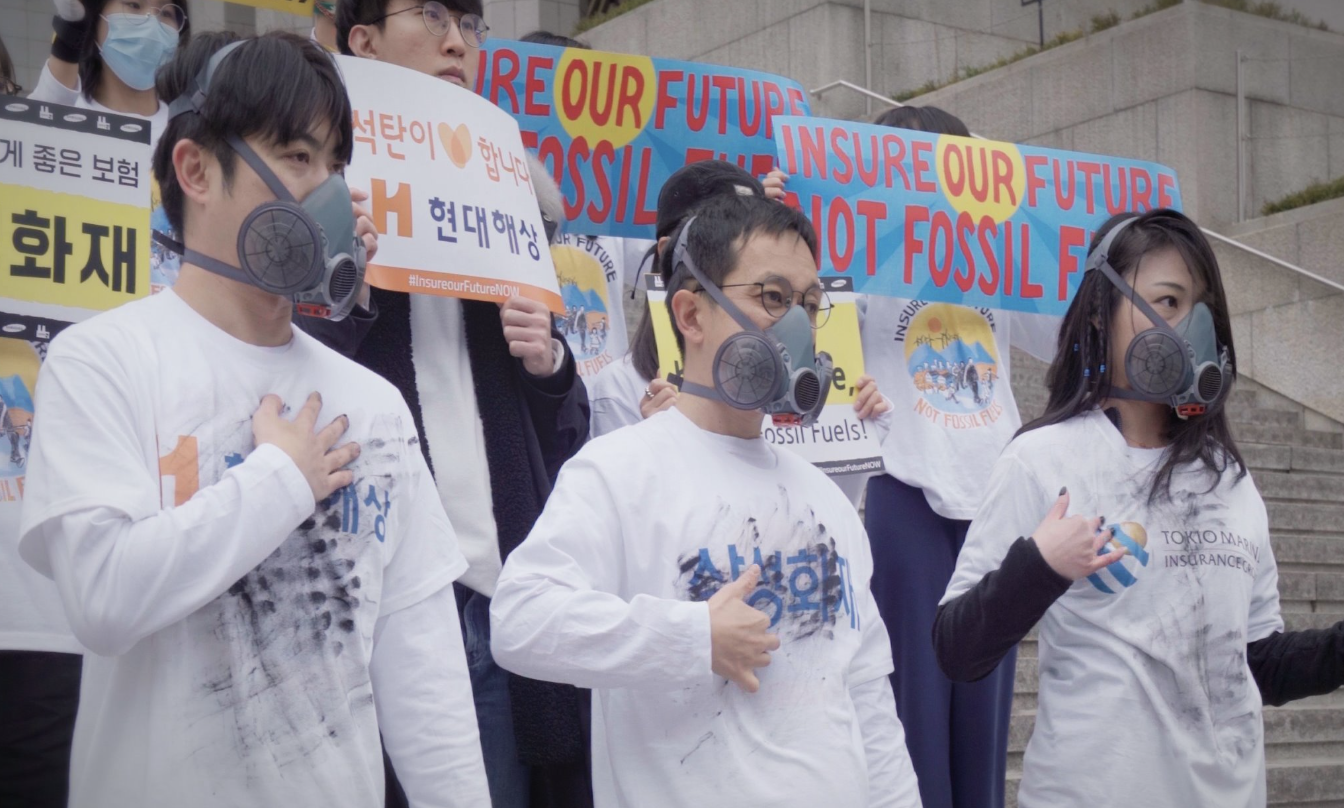
On a sunny midday, hundreds of young people stood on the Brooklyn Bridge, chanting slogans while holding various pickets, flags, and banners. What brought this group of people together?
It was a diverse group, mostly made up of teenagers and young adults from the United States and other countries around the world, including Bangladesh, Ecuador, Taiwan, Uganda, Mexico, and South Korea. They gathered on Friday, September 20, to raise their voices against climate change just two days ahead of the kickoff of New York Climate Week. Manhattan’s unusually warm fall weather was eight degrees Fahrenheit (four degrees Celsius) above normal late September temperatures, much like South Korea, where heat warnings were in effect until the recent Chuseok holiday (known as Korean Thanksgiving).
What is Climate Week New York? Climate Week NYC is an international event held every September in New York City that brings together government, business, and civil society leaders to discuss action and response to climate change. It has become an important platform for demonstrating global leadership and strengthening collaboration on climate change. It brings together stakeholders from around the world for networking and discussions that often lead to concrete actions and policies for a sustainable future. Climate Week coincides with the United Nations General Assembly (UNGA) and attracts media attention from around the world, so it's a great opportunity for young people to get their message across.
This year, Solutions for Our Climate was glad to be a part of this meaningful march!

As part of the Fridays For Future (FFF) movement, founded by Greta Thunberg, the young people marched to call on governments and industry to end fossil fuel production to combat the climate crisis. They wanted to send a clear message that while the science is strongly warning of the dangers of the climate crisis, fossil fuel projects like oil and gas are still ongoing globally. It's been six years since Thunberg started FFF, and while major countries and companies have declared themselves carbon neutral, global carbon dioxide emissions have actually increased by 2.15%.

The message of last Friday’s Youth Climate March boils down to three. The three main pillars that support the fossil fuel industry need to come crashing down. These are the financial sector that finances fossil fuel production, the companies that pollute, and the policymakers who have the power to make fossil fuel policies and regulations. Citibank, which finances major fossil fuel projects in the U.S., was the main target for criticism among the youth's chants. On the policy front, the chants were directed at New York Governor Kathy Hochul, demanding that she sign the Climate Change Superfund Act, which would make companies with large greenhouse gas emissions pay for infrastructure investments needed for climate adaptation.

The march started at Foley Square in downtown Manhattan's southern tip, crossed the Brooklyn Bridge, and made its way to Borough Hall in the borough of Brooklyn. Marching on the Brooklyn Bridge, the world's first and oldest suspension bridge in the United States, which has become a symbol of modern Manhattan, was both a rare sight and a unique experience. The young people chanted non-stop, demanding an end to fossil fuel businesses, and shouting for climate justice through democracy. Many tourists and passersby joined the marchers' chants, making it feel like the climate crisis was no longer the voice of the few, but the voice of the many.

At the end of the march, in front of Borough Hall (pictured above), youth and young adults shared their personal experiences.
Roichetta Ozane, an activist from Louisiana, and her 12-year-old daughter, Kamea, spoke about fossil fuel development in their community. Construction of liquefied natural gas along the Gulf Coast is underway, and Kamea suffers from asthma as a result of the gas project. “I should be able to go outside and play with my friends instead of being worried about what’s going to happen tomorrow or the next day,” Kamea said, emphasizing that “This is not okay. I say we need to stop the funding of fossil fuels and put the people over the profit.”
Hilda Flavia Nakabuye, a 27-year-old activist from Uganda, is leading a campaign against the 1,443-kilometer East African Crude Oil Pipeline being built in Uganda and Tanzania. “In my country, climate activism is not a choice, it’s a matter of survival,” Nakabuye said. “We bear the full weight of a crisis that we did not create. Every day we face rising temperatures, drought, mudslides, and landslides that claim people’s lives, destroy homes, and devastate our farms.”
Although the march involved several kilometers of walking in the hot sun, but it wasn't hard, thanks to the chants and shouts of the youth and the support of New Yorkers and tourists.
I look forward to the day when the Climate March is no longer needed so the youth are not in the streets. Without youth chanting for the climate in the streets, there would be no need for Climate Week NYC, and no one would have to live in the shadow of the climate crisis.




